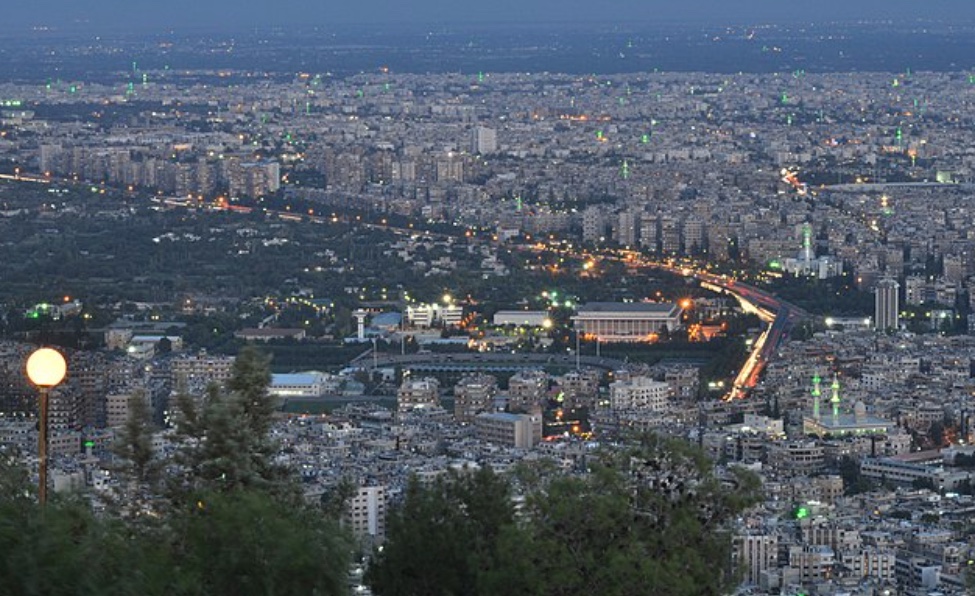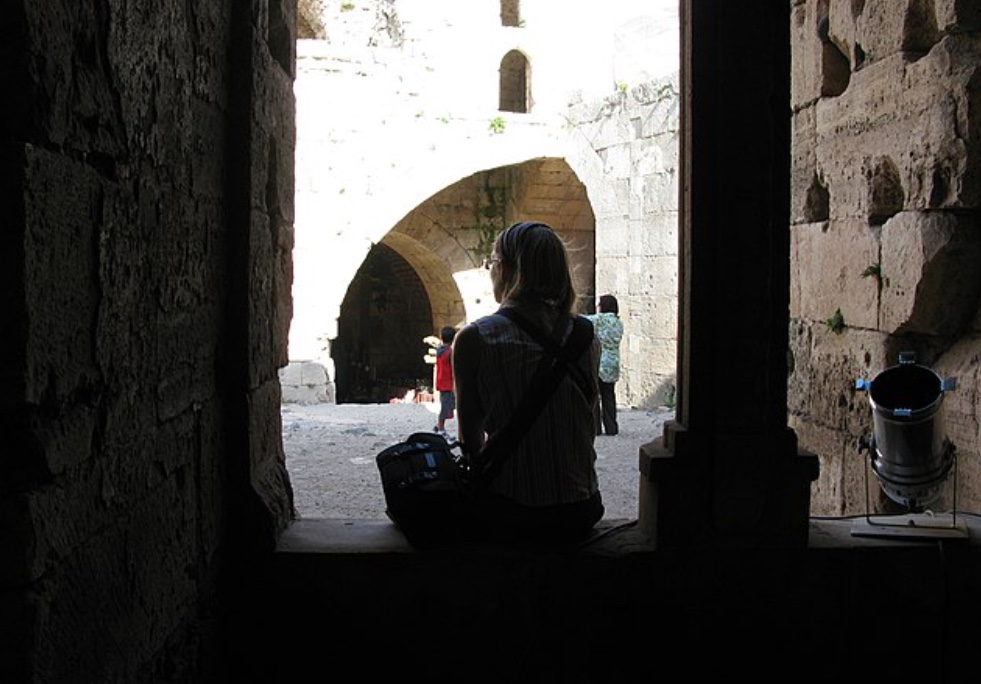Tourism Rejuvenates Syria's Image and Draws Foreign Investment

By: Fedal Hanoun / Arab America Contributing Writer
Syria, a nation known for its ancient civilizations and rich cultural legacy, has encountered many difficulties in the past ten years as a result of protracted conflict. The resurgence of tourism, however, presents a singular chance to improve Syria’s standing abroad, promote cultural diplomacy, and act as a spur for desperately needed foreign investment as the nation stabilizes. Syria may start the process of repairing its infrastructure, reviving its economy, and regaining its position as a major actor on the international scene by concentrating on tourism.
A Treasure Trove of Culture
Some of the most amazing historical monuments in the world may be found in Syria, such as the ancient city of Palmyra, the Umayyad Mosque in Damascus, and the Crusader fortress known as Krak des Chevaliers. In addition to being priceless representations of Syrian culture, these sites are also vital resources for the nation’s tourism sector. Millions of visitors visited Syria every year before the war, boosting the country’s economy and promoting cross-cultural interaction. Slowly bringing tourists back to these locations can help restore Syria’s image by highlighting its history and resiliency instead of the devastation that has dominated international media in recent years.
One way to use soft power is to promote travel. Syria can reestablish relationships with the international community and regain trust by embracing foreign tourists. Travelers who witness firsthand the warmth of Syrian hospitality frequently end up acting as unofficial ambassadors, dispelling myths and unfavorable stories overseas. Syria’s reputation in foreign circles can be greatly enhanced by this cultural diplomacy, which is essential for developing enduring alliances and cooperation.
The Role of Tourism in Economic Development
In post-conflict countries, the tourist sector has a track record of boosting economies. Returning tourists can bring in much-needed money for Syria to boost its economy. In addition to spending money on lodging, dining, and travel, tourists also generate demand for regional products, handcrafted crafts, and services, which helps small companies and promotes the development of jobs.
The economic impact of tourism goes beyond short-term expenditure. As visitors come back, they need infrastructure like lodging, dining options, and transit. Large-scale investments in infrastructure development, building, and urban planning are made possible by this demand. For instance, repairing rail systems, updating communication systems, and reconstructing airports are essential for both drawing tourists and bolstering other economic sectors like trade and agriculture.
Infrastructure investments in the tourism industry can have a multiplying effect. For example, better roads and transportation networks help local manufacturers and farmers by making it easier for them to reach markets. In a similar vein, restoring historic places boosts the economy by providing jobs for archaeologists, preservationists, and construction workers.
Using Tourism to Draw in Foreign Investment
A flourishing tourism sector is an indication of security and stability, two things that are essential for drawing in foreign capital. Potential investors are reassured that the environment is safe for conducting business when foreign visitors feel comfortable visiting a nation. Tourists’ return to Syria can serve as evidence that certain regions of the nation are stable, which could lead to more extensive foreign direct investment (FDI) in industries including technology, energy, and agriculture.
Additionally, tourists frequently draw in investors who want to construct hotels, resorts, and entertainment venues. For instance, the idea of building opulent lodgings close to famous sites like Palmyra or Aleppo’s Citadel might entice international businesses. As investors gain faith in Syria’s potential, these initiatives may act as stepping stones for more significant financial commitments.
Creating a Story of Resilience and Hope
The capability of tourism to change narratives is among its most potent features. More than just economic recovery, the resumption of tourists signifies optimism, resiliency, and a return to normality for Syria. Syria can demonstrate its resolve to overcome hardship and regain its position as a center of culture and history by investing in tourism.
Campaigns for promotions might be quite important in this endeavor. Emphasizing Syria’s natural beauty, culinary diversity, and friendly populace can encourage tourists to view the nation as a location of exploration rather than a site of strife. Documentaries, social media, and travel influencers can all help spread the word about Syria’s treasures to a global audience.

A Way Forward for Restoration
Although it is not a cure-all, tourism can be a very effective instrument for restoring a country’s economy and reputation. The return of tourism presents Syria with a singular chance to promote its cultural legacy, draw in foreign capital, and provide the groundwork for long-term growth. Syria may use tourism as a bridge to a better future by properly tackling its difficulties and utilizing its resources.
As tourists start to rediscover the nation’s treasures, they will also see how resilient its citizens are and how rich its culture is. This can then assist rebuild Syria’s infrastructure and international standing by generating goodwill, encouraging investment, and forging enduring alliances. Syria’s initial steps toward healing and revitalization can be achieved through tourism.
Check out Arab America’s blog here!








